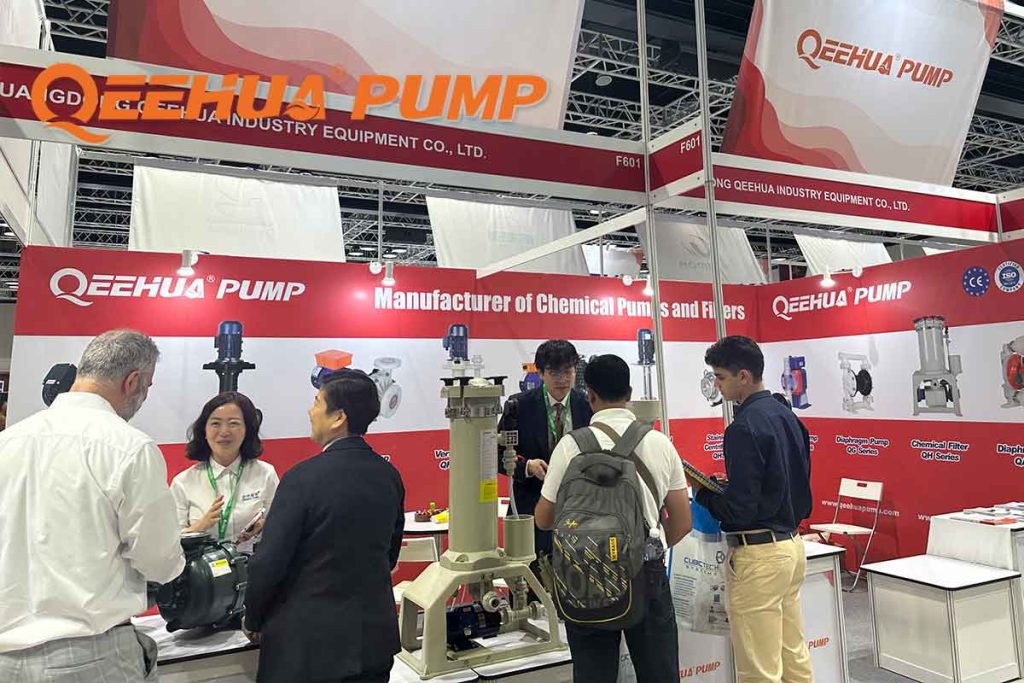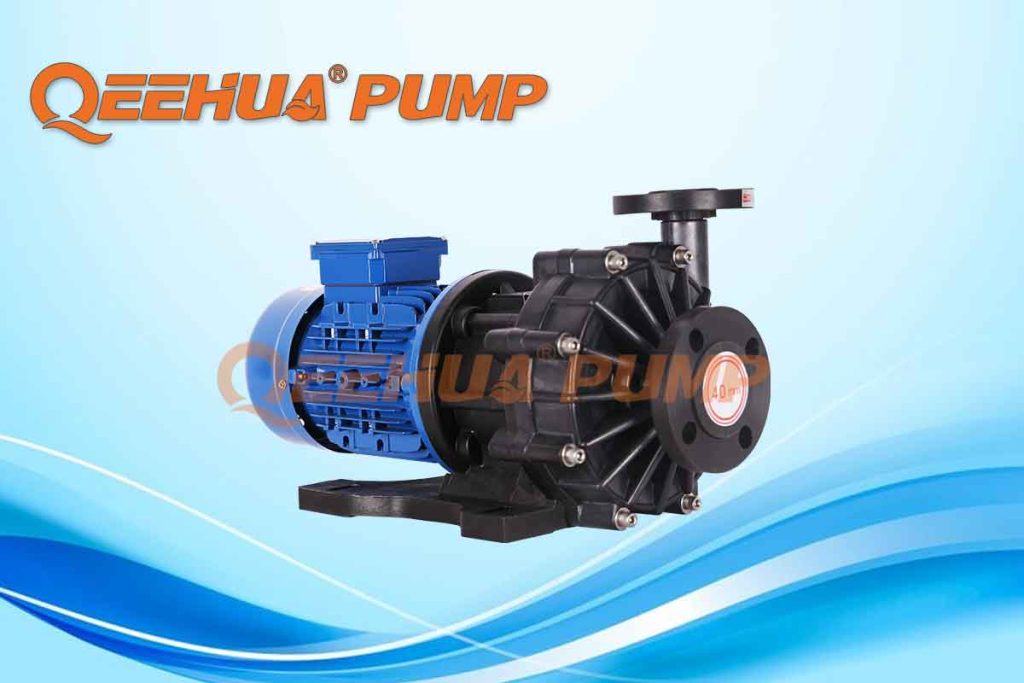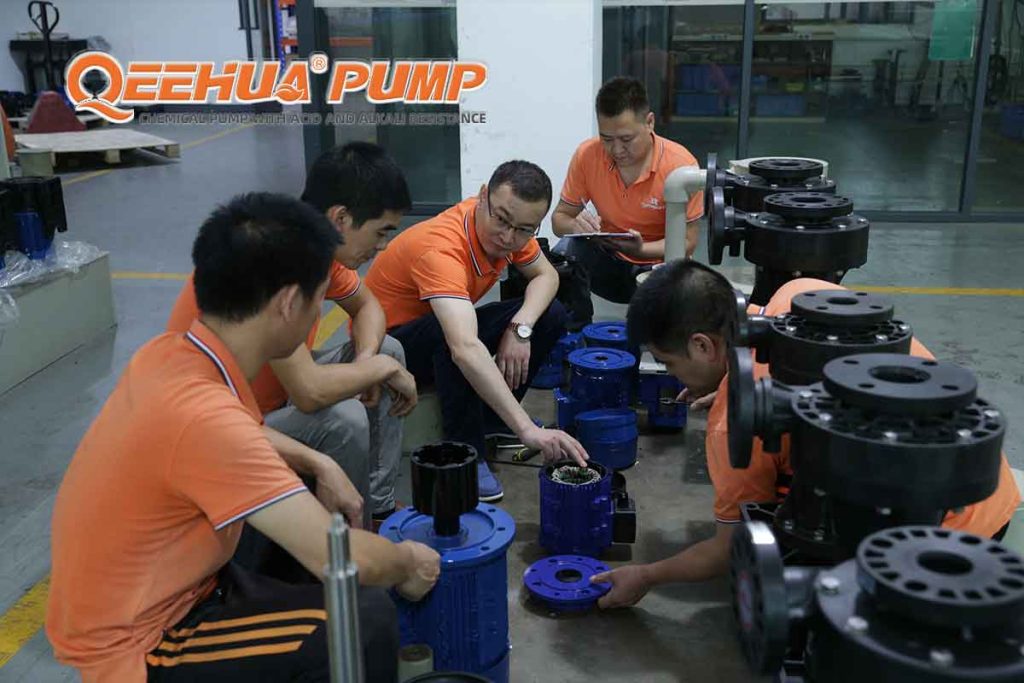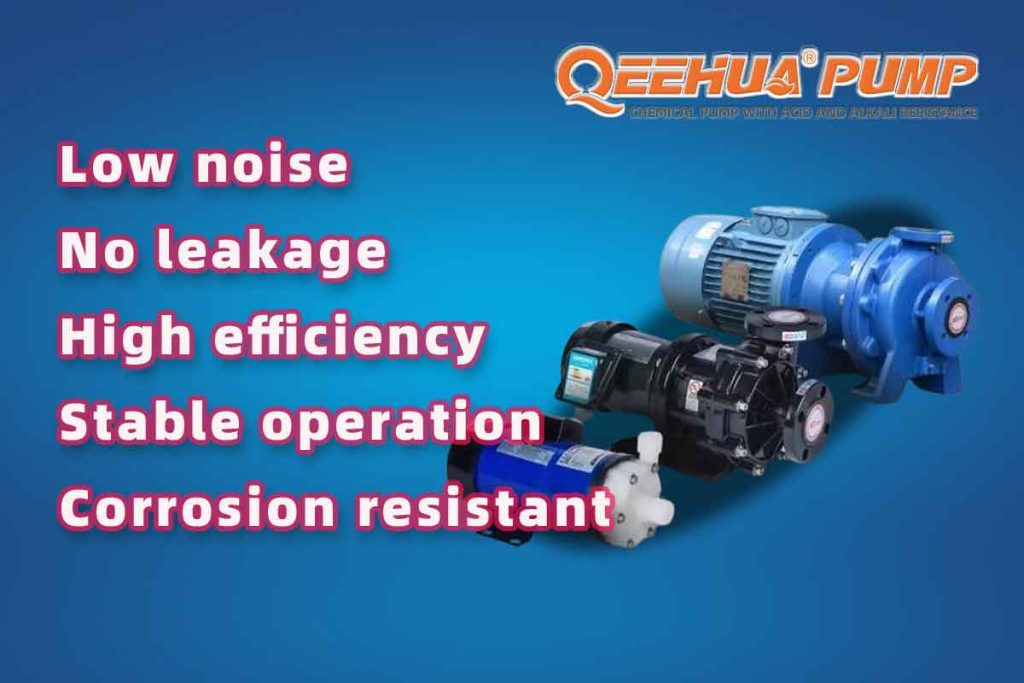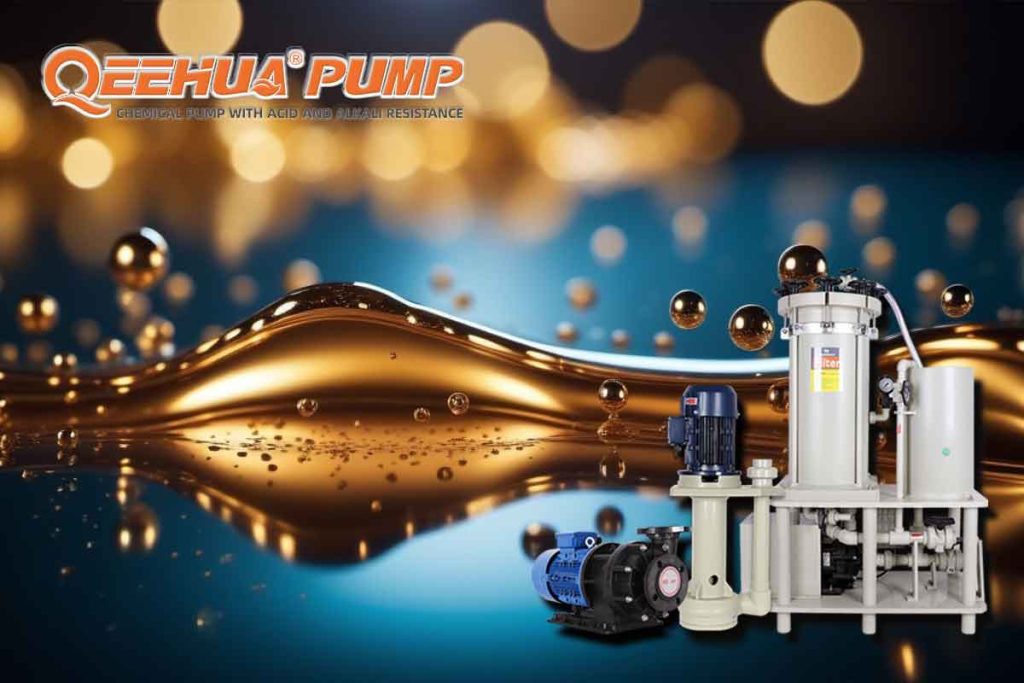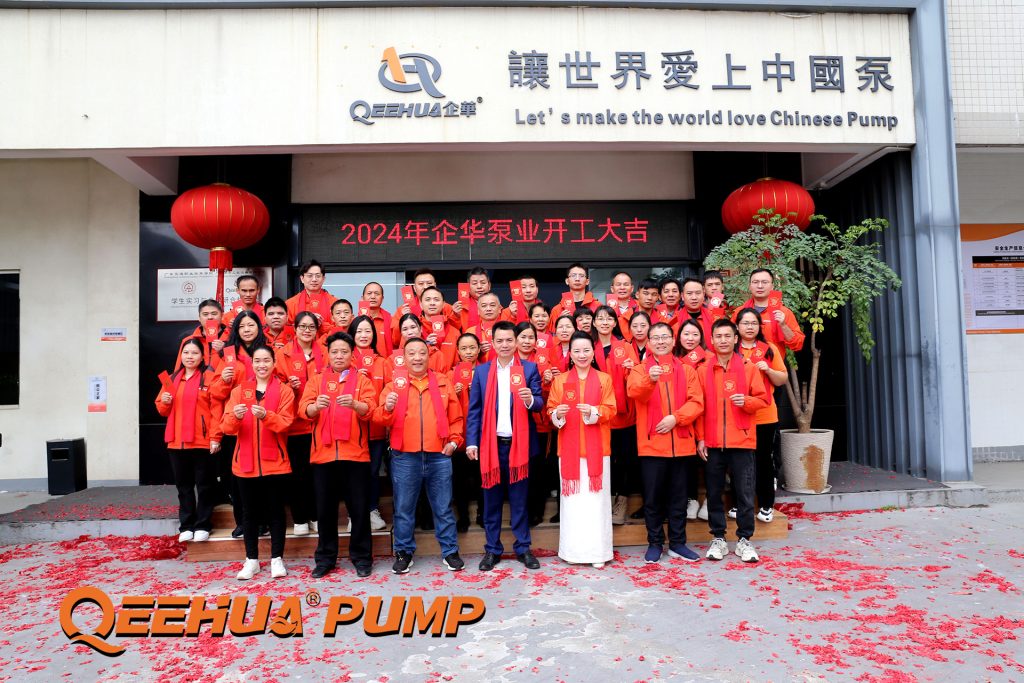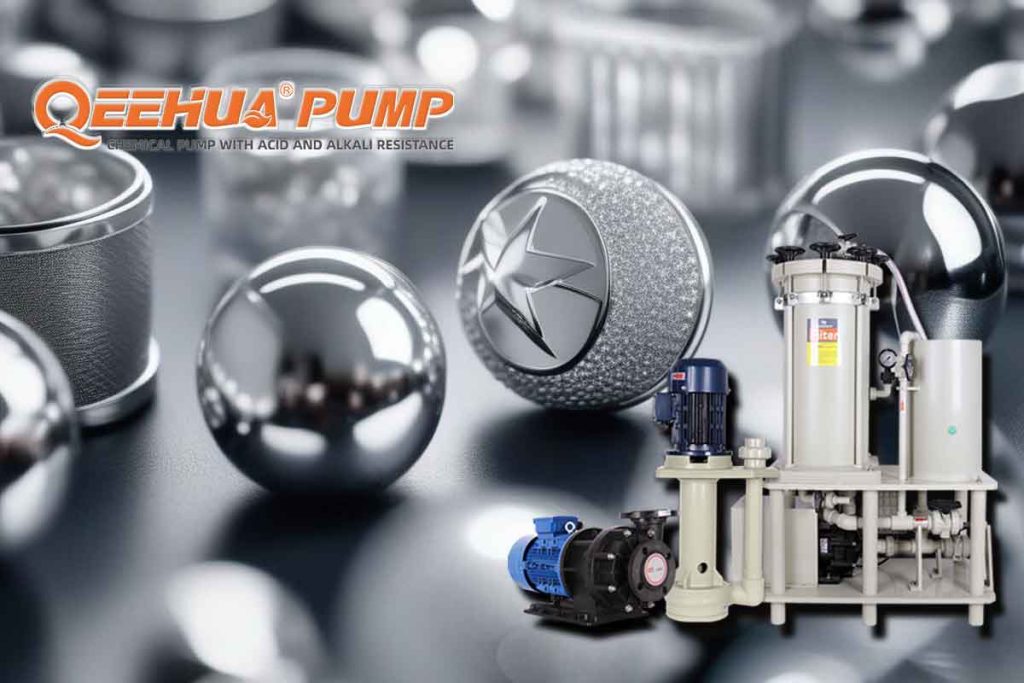In industrial production processes, chemical pumps play an incredibly important role as the core components of hydraulic systems. They provide the necessary fluid transfer functionality to drive workflow processes. Proper installation and regular maintenance are essential to ensuring the efficient and long-term reliable operation of pumps. This guide will introduce key points regarding chemical pump installation, use, and maintenance, with a focus on the advantages of QEEHUA PUMP as a trusted pump supplier.
Proper Pump Installation
Location Selection
Place chemical pumps as close to the liquid source and below the liquid level (for non-self-priming pumps) as possible. This helps maximize the suction pipe length and minimize the pump’s suction head for higher intake efficiency.
Pipe Layout
Use pipes that are as short and straight as possible, limit bends, and ensure the largest possible bending radii. This helps avoid air vortices in the pipes and reduces the risk of cavitation damage while improving pump performance and lifespan.
Connecting Pumps and Pipes
Do not allow the chemical pump to bear the weight of the pipes. Pipes should be properly supported and independent of the pump until connection to prevent load from damaging the pump’s stability and lifespan.
Please leave a message about your needs
Pump Operation Considerations
Pipe Sizing and Installation
The suction and discharge pipe diameters must be at least as large as the pump inlet connection to ensure sufficient flow and optimal pump performance. Pay special attention to the suction pipe diameter to prevent capacity losses and rapid pump wear from cavitation damage.
Installation of Safety Valves
Install a check valve on the discharge pipe to prevent backflow of liquids when the pump shuts down, protecting the safety and stability of the piping system.
Filter Application
The suction pipeline must be clean and/or contain a filter to protect the impeller from damage by contaminants or other particle debris, especially during initial equipment startup.
Pump Maintenance and Inspection
Pressure Monitoring
Install appropriate pressure gauges on the suction and discharge pipes to monitor functionality relative to the required working points. Pressure gauges can promptly indicate changes in pump operation and help detect issues like cavitation.
Power Monitoring
Install a wattmeter to monitor the motor’s power consumption and prevent dry running, protecting motor and pump safety.
Advantages of QEEHUA PUMP
As a professional chemical pump manufacturer, QEEHUA PUMP is committed to providing customers with high-quality, reliable pump products and offers the following advantages:
- Expert Technical Support: Our technical team can provide customized solutions according to customer needs to ensure optimal pump performance and stability.
- High-Quality Materials: We use highly corrosion-resistant materials like polypropylene and PVDF to manufacture pump components, ensuring compatibility with various liquids and long-term reliable operation.
- Strict Quality Control: We implement rigorous quality control measures from raw material procurement to manufacturing to ensure every pump meets the highest quality standards.
- Comprehensive After-Sales Service: We provide a full range of after-sales services including installation guidance, maintenance training, and regular inspections to ensure customers’ pump equipment always operates at its best.
By choosing QEEHUA PUMP, you can feel confident using our chemical pump products to reliably drive your process workflows, improve production efficiency while lowering maintenance costs and production risks.



